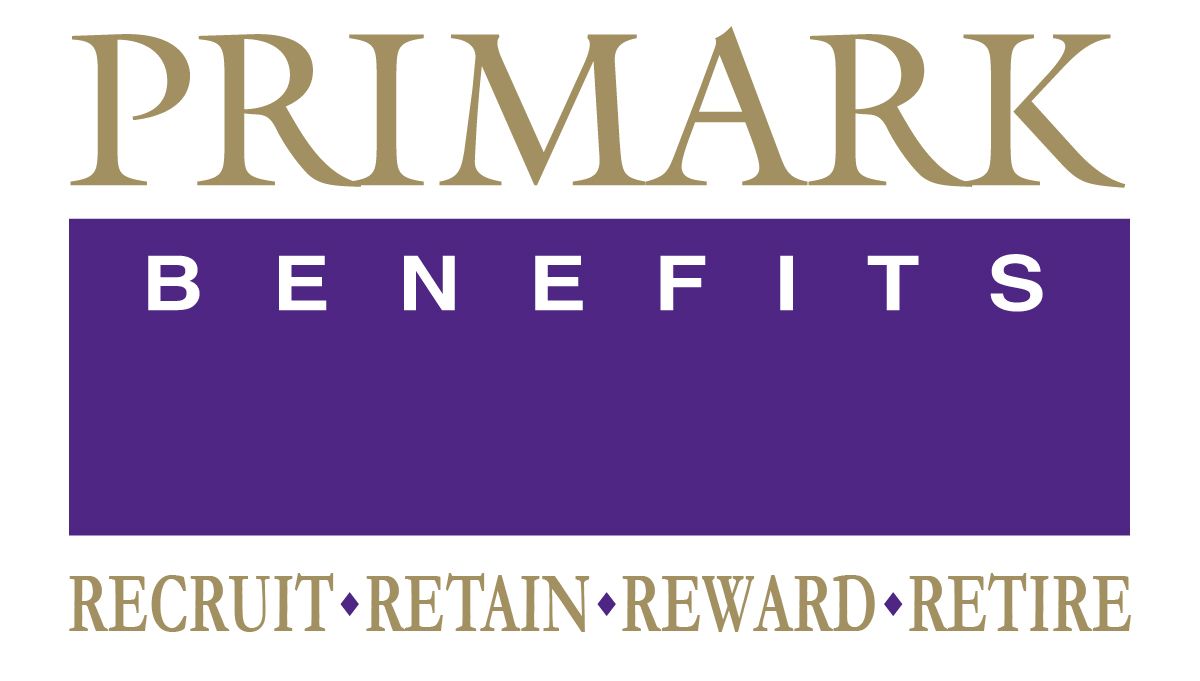Retirement Plan Myth-Busting, Part III
Retirement plans can be confusing. Between complex rules, industry jargon, and competing providers, it’s easy for employers to fall into patterns based on assumptions or half-truths. That’s why we created this series: to cut through the noise and help employers make confident, informed decisions.
In this third installment, we’re addressing two persistent myths that often lead employers down the wrong path: the idea that payroll providers are the best place to get your plan, and the belief that robo-firms offer a hassle-free alternative. Spoiler: neither is as simple (nor as beneficial) as they seem.

Myth #1: It’s Easier to Just Get My Retirement Plan from My Payroll Provider
At first glance, this one makes sense. You’re already working with a payroll provider, and they offer a 401(k) solution… why not bundle everything together?
The problem: These plans are usually one-size-fits-all, offering only one, maybe two, types of plans, with limited flexibility and minimal strategic support. Payroll companies may market their bundled offering as “seamless,” but the behind-the-scenes reality is much more complicated.
In most cases, the provider is not a retirement plan expert. Key services like compliance testing, plan design, and government filings may be outsourced to third parties. That means you’re relying on a patchwork of vendors—none of whom are accountable for the full picture.
And it’s not just about service quality: it’s also about risk. When payroll and retirement plan administration are too closely bundled, errors in payroll data can cascade into serious compliance issues. Industry data shows that up to 90% of retirement plan issues stem from payroll-related errors, including incorrect deferral amounts, misclassified employees, and improperly excluded participants.
These errors often go unnoticed until an audit or government filing deadline, by which point the cost of corrections—including penalties, interest, and potential legal exposure—can be substantial. In some cases, even minor payroll mistakes have led to disqualification risks or costly Voluntary Correction Program (VCP) filings with the IRS.
The good news? You can still have seamless payroll integration without sacrificing plan quality. Many independent TPAs (Third Party Administrators), retirement plan consultants, and recordkeepers work with most major payroll providers and can link employee data electronically. You don’t have to trade convenience for quality—you can (and should) have both.
Myth #2: Robo-Firms Are a Reasonable Choice for Plan Administration
We get it. Automation can be attractive. The idea of a set-it-and-forget-it, low-cost retirement plan sounds great—especially for small businesses trying to manage overhead. But that simplicity often comes at a steep cost.
Here’s the reality: Automation rarely means error-free.If things such as compliance deadlines, Form 5500 filings, or annual ADP/ACP testing are missed and your plan falls out of compliance, you could face costly corrections or penalties.
And when something does go wrong? It’s often hard to reach someone and if you do, they are less likely to be someone who’s at all familiar with your plan. That’s a problem when you have questions, concerns, or a need for urgent guidance.
What’s more, robo-plans are typically rigid and generic. There’s little room for customization, strategic design, or proactive tax planning; just a standard plan that may not actually align with your goals.
Final Thoughts
A well-run retirement plan requires more than software and shortcuts—it needs expert oversight. While default options and robo-platforms may seem convenient, they often lead to limited results, missed opportunities, or costly penalties down the line. When challenges arise (and they will), you want a knowledgeable team in your corner—not a chatbot.
Employers don’t have to settle for cookie-cutter solutions from payroll providers or impersonal platforms. With the right partners—dedicated experts who understand your business and your goals—you can build a plan that fits, supports your employees, and steers clear of expensive missteps.
Don’t let myths guide your decisions. Get the expertise you deserve—and a plan that truly works for you.




